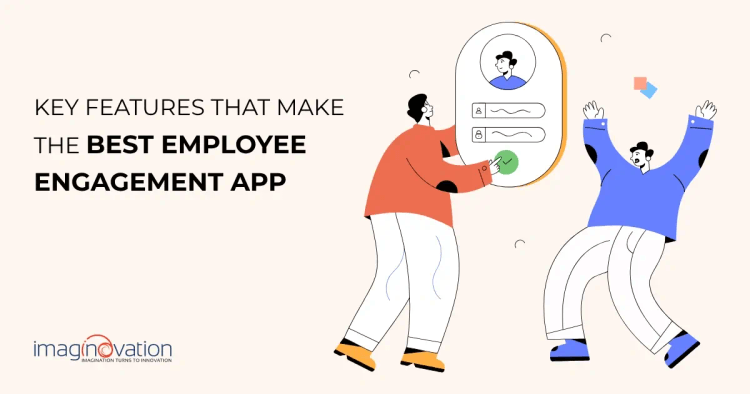Do your employees dread coming to work on Monday mornings? Or are they excited to start a new week at the office?
The levels of engagement and satisfaction among your workforce can make or break your organization's success.
According to Gallup, companies with high employee engagement achieve 21% higher profitability. It's clear that focusing on engagement is mission-critical.
But with today's digital, remote workforce, how can organizations boost engagement? This is where purpose-built employee engagement apps come in. With the right features, these apps create connected, interactive, and rewarding experiences that make employees feel valued.
In this blog, we explore the 10 must-have features that set the best engagement apps apart. By the end, you'll have a framework for choosing or building a best-in-class engagement solution for your workforce. Let's dive in!
The Importance of Employee Engagement in Today's Workplaces
Employee engagement has become a critical factor in business success. With a constantly changing business landscape, including the advent of remote work and the increasing value placed on diversity and inclusion, employee engagement has never been more important.
Driving higher employee engagement delivers tremendous advantages for modern workplaces, including:
- Increased productivity - Engaged employees are more energized, passionate, and driven to contribute at higher levels to support organizational success. They go above and beyond their formal job duties more readily.
- Improved retention - Highly engaged staff are less likely to leave for another company, according to research. Engagement fosters loyalty, satisfaction, and emotional commitment to the workplace. This saves costs from turnovers.
- Enhanced innovation - Engaged, empowered teams bring fresh thinking and new ideas to the table more readily to drive innovation and creative problem-solving.
- Better customer service - Engaged employees provide higher quality service and interactions that boost customer satisfaction, promoting growth and repeat business.
- Decreased absenteeism - Gallup found highly engaged workplaces experience 41% less absenteeism. Engaged staff take fewer sick days and are more willing to work extra when needed.
- Increased safety - Employees who feel positively connected to their organization tend to follow safety protocols more diligently. Engagement promotes workplace safety.
With these benefits in mind, it's clear why businesses are investing in tools and strategies to enhance employee engagement. One such tool is the employee engagement app. So, let's explore the top features to look for when selecting an app to boost your employee engagement.
Also Read: How Workplace Gamification Improves Employee Productivity (with Examples)
The 10 Key Features of the Best Employee Engagement Apps
Navigating the diverse landscape of employee engagement apps can be daunting, given the myriad of available options. To make the selection process easier, we've identified ten critical features that the best of these apps commonly possess. These key functionalities not only optimize employee engagement but also foster a more productive and harmonious work environment. Let's delve into each one.
1. Easy-to-Use Interface
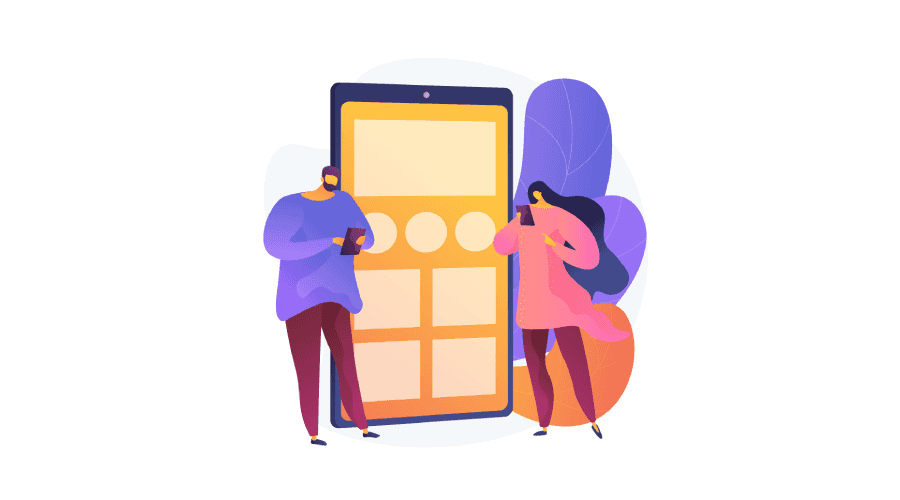
An app's interface determines how users interact with it. A top-notch employee engagement app should provide a user-friendly design. This makes the navigation straightforward, leading to quick task completion and efficient information retrieval.
Simplicity also minimizes the learning curve. With an easy-to-use interface, employees can immediately start using the app without requiring extensive training. The less time they spend figuring out how to use the app, the more time they can spend focusing on their tasks.
An intuitive, well-designed interface reduces employee frustration, enhancing their overall experience. This leads to increased usage of the app, which is crucial for effective employee engagement.
2. Customization Options
The ideal employee engagement app caters to the unique needs of each business and individual employee through customization capabilities.
For example, the app could provide personalized dashboards for employees to customize. They can select to display the information most pertinent to their role and preferences, such as:
- Their personal tasks and to-do lists
- Updates and announcements from teams or projects they are involved in
- Organization-wide news and announcements from leadership
- Metrics related to their goals and performance
- Feeds with company social media channels, newsletters, or knowledge-base articles
Employees can also set individual goals related to their professional development or specific work projects within the app. Goal setting promotes ownership, motivates progress tracking, and keeps employees invested in their work.
At the organizational level, admins can extensively brand and configure the app for their company.
Providing this degree of tailoring to match company and employee preferences enhances adoption. The app becomes an indispensable part of daily routines and workflows. The right level of customization makes the app feel like an extension of the organization rather than an external software platform.
3. Real-Time Communication
In the fast-paced business world, immediate communication is essential. The best employee engagement apps facilitate real-time interaction. This could include features like instant messaging, team forums, or video conferencing.
Real-time communication allows for quick collaboration, essential for problem-solving and innovation. It also fosters a sense of community and belonging among team members. The ability to communicate effortlessly, share ideas, and provide instant feedback ensures everyone stays connected, informed, and engaged.
4. Recognition and Rewards System
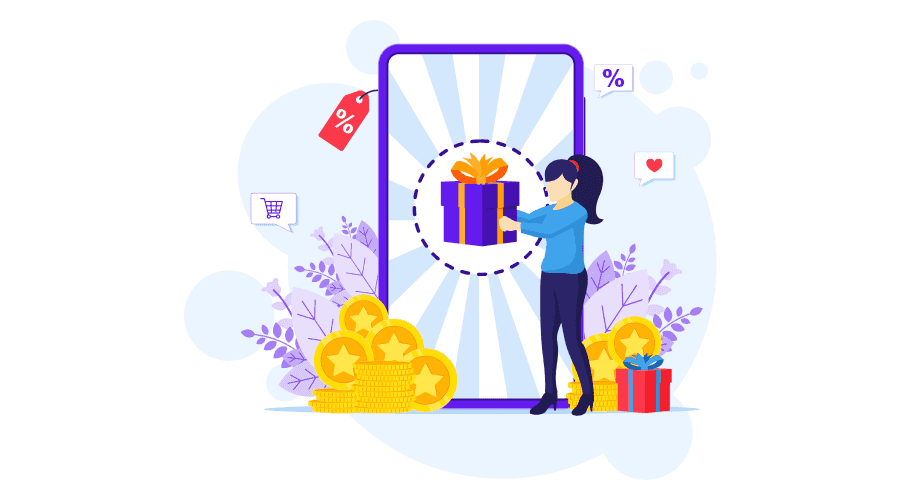
Everyone appreciates acknowledgment for their hard work. Incorporating a recognition and rewards system into your employee engagement app can motivate and engage employees. This can be as simple as a 'kudos' system where employees can commend their peers for a job well done.
Alternatively, you might incorporate a more formal rewards system. When employees meet certain benchmarks or achieve specific goals, they earn points that can be redeemed for rewards. This can spur healthy competition and promote high performance. When employees feel appreciated, they're more likely to stay motivated and committed.
5. Employee Surveys and Feedback
Actively listening and responding to employee feedback is pivotal for nurturing engagement and trust. The ideal app incorporates confidential channels for input, such as:
- Anonymous suggestion boxes allow employees to voice concerns safely
- Pulsed surveys with timely questions to check on sentiments
- Reviews of managers, executives, and the work environment
- Communities to propose ideas for improvement
Regular feedback demonstrates employees are valued partners in the company's success. Taking action on constructive input shows you truly listen, strengthening bonds. Surfacing concerns early can prevent bigger issues down the road.
6. Mobile Accessibility
With today's mobile, distributed workforces, providing engagement app access via smartphones is a must. Mobile optimization allows employees to stay connected from anywhere:
- Remote employees can access the app without location constraints
- Onsite staff can engage during off-site meetings or non-work hours
- Mobile access fits flexible schedules and improves work-life balance
- Push notifications keep mobile users engaged in real-time
Enabling easy mobile access catalyzes adoption and amplifies engagement across geos and teams. Employees can feel more aligned with company goals when connected via mobile.
7. Integrations with Other Software
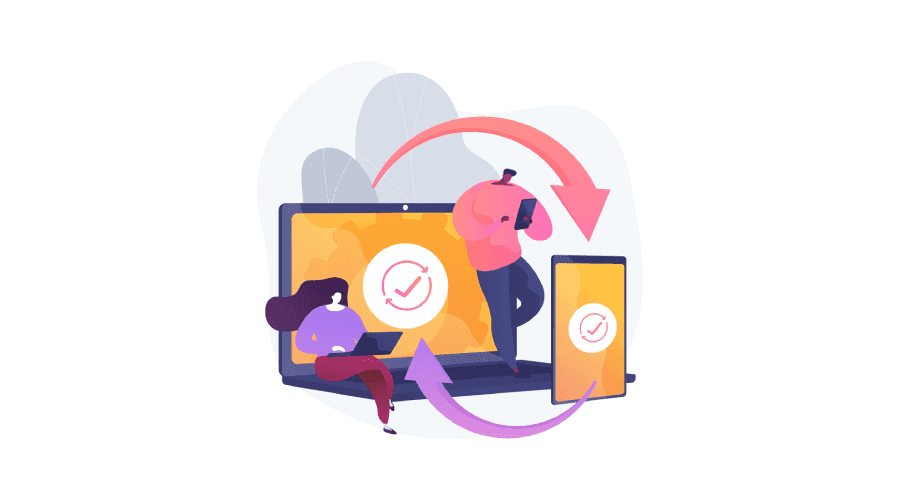
Employee engagement apps shouldn't exist in a vacuum. Instead, they should seamlessly integrate with the tools your team already uses. This might include email platforms, calendar apps, or project management tools.
Seamless integration reduces the need to switch between different platforms, improving efficiency. The best apps will work with your existing software, creating a smoother, more streamlined workflow.
8. Analytics and Reporting
To measure the effectiveness of your engagement strategies, you need data. Employee engagement apps should provide analytic and reporting tools.
It should provide visibility into engagement levels across areas like:
- App usage and feature adoption
- Survey and feedback results
- Participation in challenges, events, and learning
- Peer recognition patterns
- Program ROI and impact on business KPIs
Data empowers better decision-making to enhance and optimize engagement strategies over time. Visual reporting makes data actionable for leaders. Metrics demonstrate progress and value.
Let me know if these provide enough detail and context around these features! I'm happy to add any other examples or expand further based on your guidance.
9. Training and Development Features
Ongoing career development opportunities are pivotal for engaging and retaining top talent today. Look for employee engagement apps that incorporate features to nurture continuous learning, such as:
- Webinars or live virtual classes to build hard and soft skills
- Microlearning through bite-sized videos, podcasts, and Flash modules
- Assignments and quizzes to reinforce learning and earn certifications
- Mentorship programs to connect employees to share knowledge
- Development resources like TED talks, books, and learning playlists
Providing on-demand professional development tools enables employees to grow and progress. It signals that the organization is invested in their success for the long term, not just immediate job performance.
This fosters higher satisfaction and emotional commitment to the workplace.
10. Health and Wellness Features
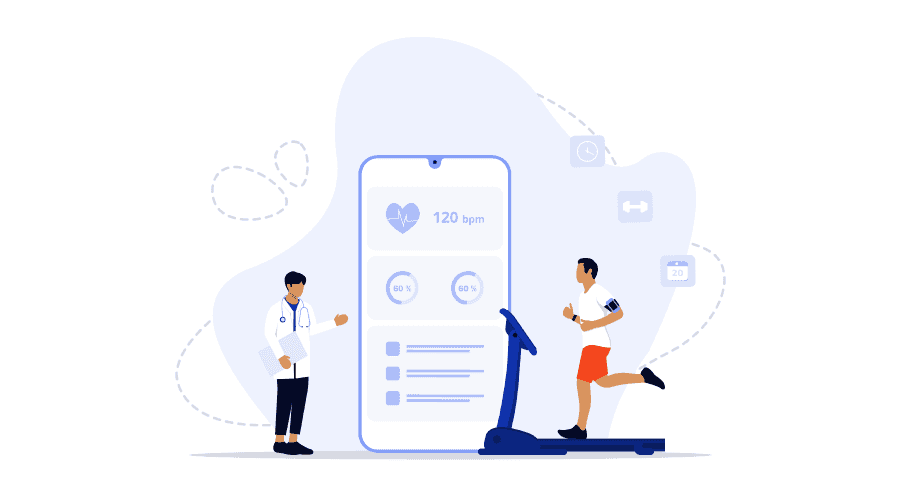
Holistic employee well-being has a significant impact on engagement and productivity. Leading apps now integrate wellness features like:
- Fitness challenges or step count competitions to motivate activity
- Healthy habit programs send tips on nutrition, sleep, or stress management
- Meditation or mindfulness sessions to promote mental health
- Ergonomic and stretch break reminders, especially for desk workers
- Self-care checklists and resources for avoiding burnout
Promoting workforce wellness demonstrates that the organization genuinely cares about employees as people first. By investing in their overall well-being, satisfaction improves across all areas of work and life. Employees feel valued and are more likely to reciprocate through higher engagement.
Build an Employee Engagement App With Imaginovation
The foundation is clear - if you want to improve employee engagement, focus on choosing or building an app equipped with these 10 robust features.
Our team of expert developers at Imaginovation has built award-winning apps and software enabling companies to connect, motivate, and support their dispersed workforces.
With over a decade of experience driving results for clients through app development, we are ready to turn your employee engagement vision into reality. Contact us today to schedule a consultation!
Let's Talk.
Ready to build an app, but not sure where to start?
We've got you covered. Click the button below to get started.

